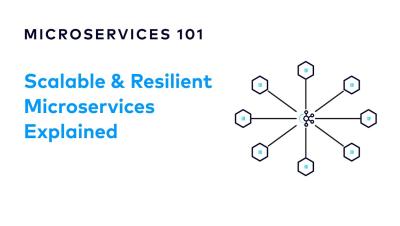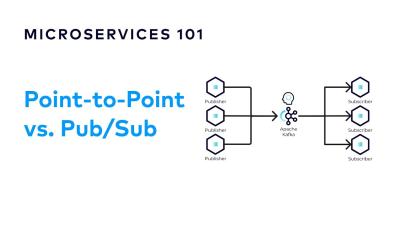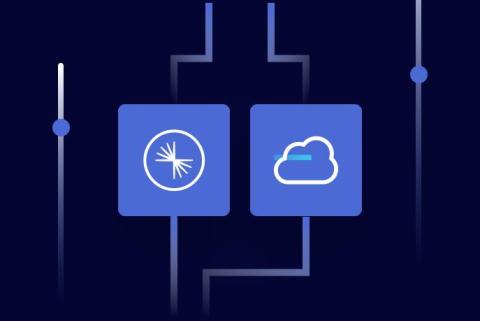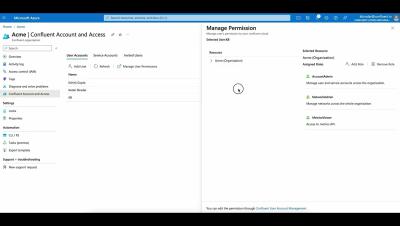Systems | Development | Analytics | API | Testing
Kafka
How To Build Scalable and Resilient Microservices | Microservices 101
#6 Kafka Live Stream | Mapping the data lineage of your Kafka microservices
#5 Kafka Live Stream | Streaming data mesh practices for event-driven architectures
Point-to-Point vs Publish/Subscribe | Microservices 101
Real-time data engineering trends: 2024
If 2023 was the year we woke up to how generative AI would change our world, 2024 is the year we realize the change. The real-time AI-driven enterprise may not be pixel-perfect yet, but we’re well on the way. Gen AI has a knock-on effect on all the trends and challenges we will see in 2024. Here’s our take.
Getting Started with OAuth for Confluent Cloud Using Azure AD DS
Released in December 2022, OAuth support on Confluent Cloud allows Confluent Cloud users to integrate their own third-party identity provider (IdP) with Confluent Cloud, centralizing account management across all of their cloud services. This article explains how to configure Azure Active Directory DS (Azure AD DS) and Confluent Cloud so that the Azure Directory can be used to authenticate and authorize applications to use Confluent Cloud clusters.
Turbo-Charging Confluent Cloud To Be 10x Faster Than Apache Kafka
At Current 2023, we announced that Confluent Cloud is now up to 10x faster than Apache Kafka®, thanks to Kora, The Cloud-Native Kafka engine that powers Confluent Cloud. In this blog post, we will cover what that means in more depth.










